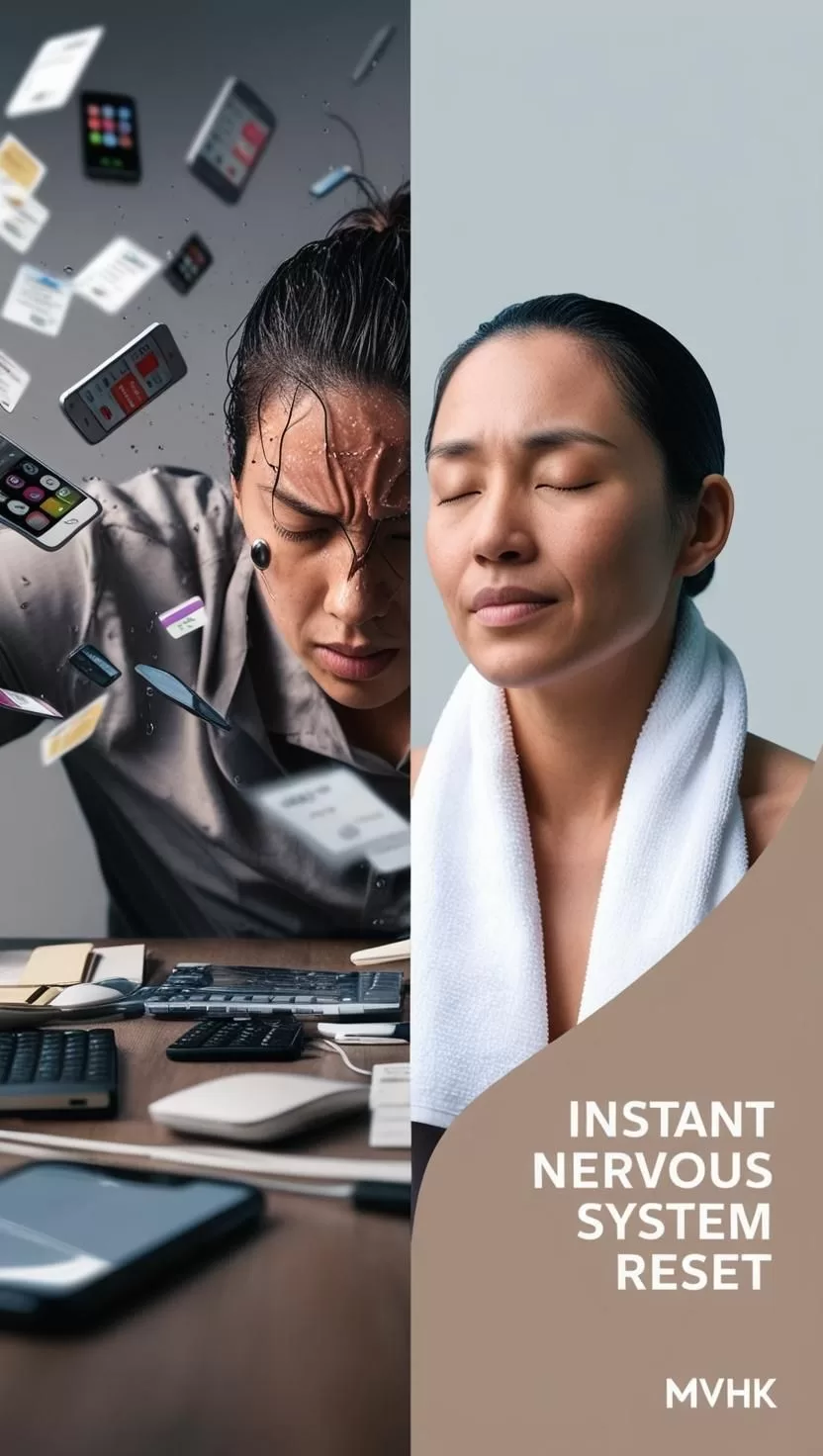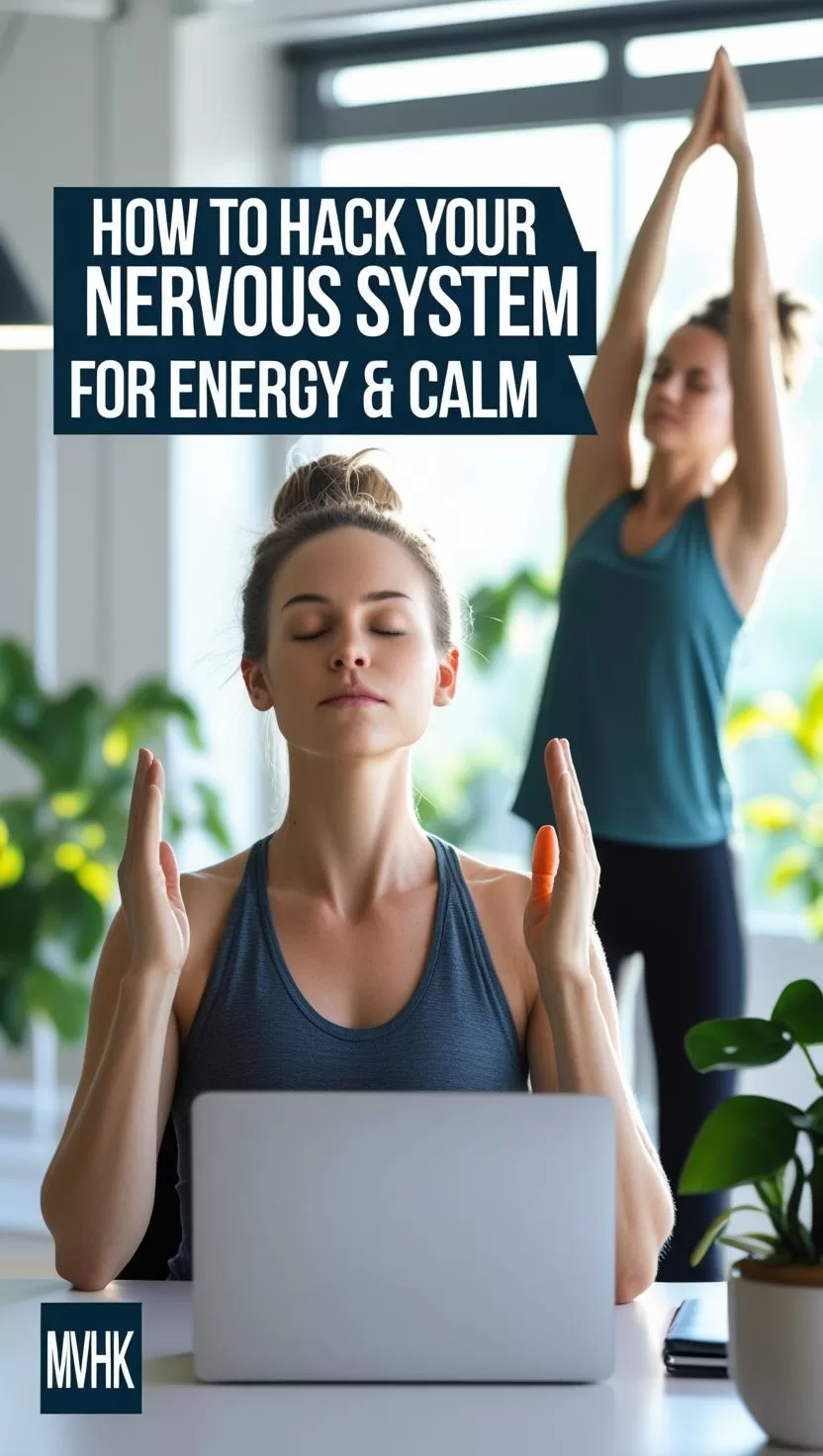Instant Nervous System Reset: 3 Fast Techniques That Activate Calm
In moments of high stress, when your heart’s racing and your mind is spinning, your parasympathetic nervous system is the key to flipping the switch back to calm. Whether you’re facing work burnout, sudden overwhelm, or acute anxiety, learning how to quickly activate your body’s natural relaxation response is a game-changer.
This post explores three powerful methods that initiate an almost immediate nervous system reset—perfect for busy professionals under constant pressure. The primary keyword here is “instant nervous system reset.”
1️⃣ Understanding the Parasympathetic Nervous System
What It Does
The parasympathetic nervous system (PNS) is your body’s “rest and digest” mechanism. It’s the counterbalance to the sympathetic system (your fight-or-flight mode), and it controls heart rate, digestion, sleep cycles, and emotional regulation.
Why Instant Activation Matters
When stress hits hard, your body floods with cortisol and adrenaline. This can impair decision-making, digestion, and emotional balance. Quick PNS activation pulls you out of crisis mode, re-centers your focus, and lowers inflammation, heart rate, and mental noise.
2️⃣ Cold Exposure: Chill Your Way to Calm
Ice Baths & Cold Showers
Sudden cold exposure stimulates the vagus nerve—deeply connected to your parasympathetic response. It causes a drop in heart rate and shifts your body from stress to recovery.
Tip: Even a 30-second cold rinse post-shower can trigger this effect.
Office Hack: Ice Pack on Neck or Wrists
When time is tight, placing an ice pack (or a cold water bottle) against the back of your neck or inner wrists can create the same shift. Keep one in your office freezer for emergencies.
📚 Study: Clinical Effects of Cold Exposure on Stress Response
3️⃣ Breathwork: Mastering the 4-7-8 Method
What Is It?
A simple breathing technique pioneered by Dr. Andrew Weil, the 4-7-8 breath involves:
- Inhale for 4 seconds
- Hold for 7 seconds
- Exhale slowly for 8 seconds
This ratio lowers your heart rate and stimulates the vagus nerve.
When to Use It
Ideal for midday anxiety spikes, pre-presentation jitters, or post-conflict decompressing. Bonus: you can do it discreetly at your desk or in the restroom.
🧠 Study: Effect of Slow Breathing on Autonomic Function and Mood
4️⃣ Intense Burst Exercise: Reclaim Control
30–60 Second Sprint or HIIT
Short bursts of all-out movement flood your body with endorphins and reset your cortisol response. Think sprinting in place, burpees, or shadowboxing—anything that gets your heart racing briefly.
Why It Works
This mimics a physical stress cycle, signaling the body that the “threat” has passed—activating calm on the other side.
🚨 Pro tip: Do this in private spaces like stairwells, home offices, or during quick walk breaks.
Conclusion: How to Get Started Today
You don’t need an hour-long yoga session or a silent retreat to reclaim your calm. These three tools offer instant nervous system resets—right when you need them most:
- Cold exposure for immediate vagus nerve activation
- 4-7-8 breathing to slow your heartbeat
- Short bursts of movement to complete the stress cycle
💡 Build a “reset kit” at your desk: ice pack, timer, space to move. The next time stress spikes, you’ll know exactly what to do.
🧠 FAQ
What’s the fastest way to activate the parasympathetic nervous system?
Cold exposure (neck/face), deep breathing, and short intense movement are scientifically proven to stimulate the vagus nerve and reset your system quickly.
Is cold exposure safe for everyone?
Brief cold exposure is generally safe for healthy individuals, but those with heart conditions or Raynaud’s syndrome should consult a doctor.
How often can I use these nervous system resets?
You can practice these resets daily—especially breathwork. Overuse of intense exercise may lead to fatigue, so limit high bursts to 1–2x per day.






